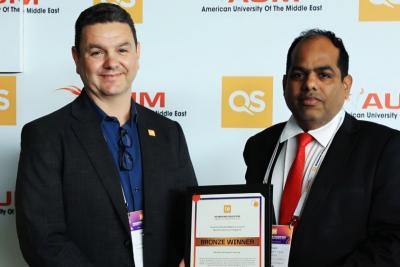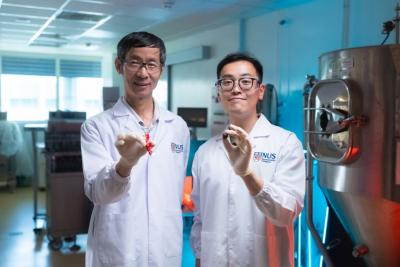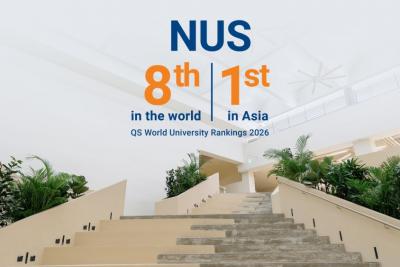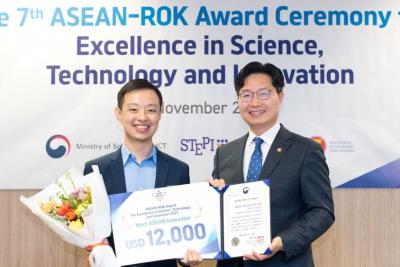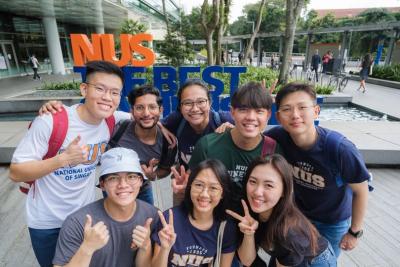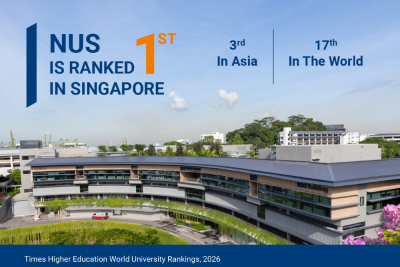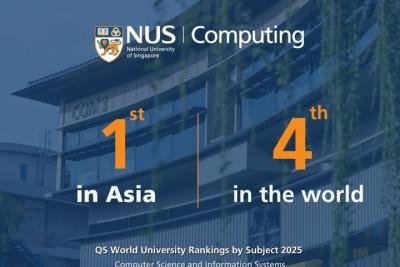NUS và CBMM ra mắt phòng thí nghiệm pin tiên tiến CBMM-CA2DM.
With applications in medical devices, electric vehicles, aerospace equipment, and more, the batteries are being tested in a new USD3.8 million (S$5 million) high-tech laboratory launched by NUS and CBMM.
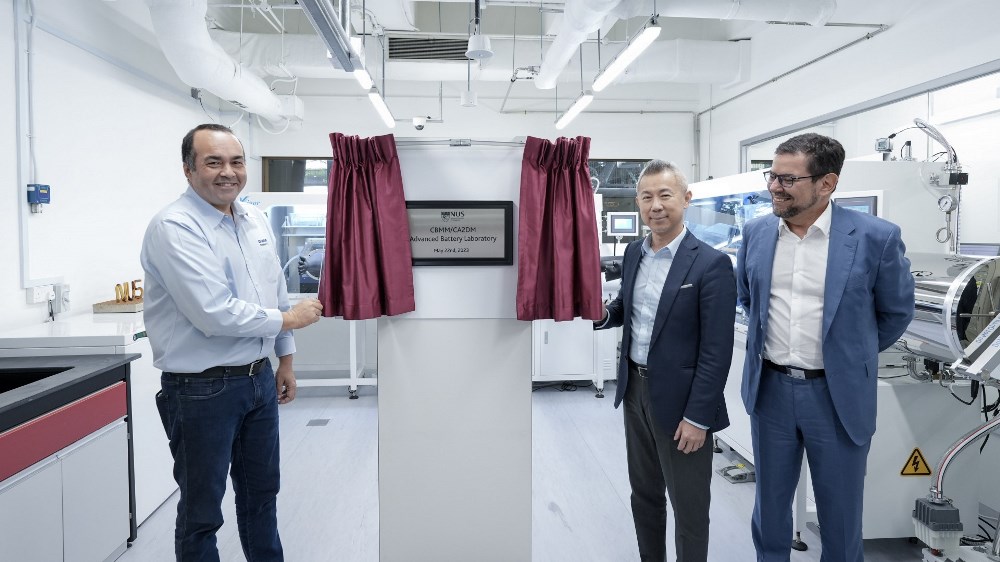
(left to right): Mr Rogerio Ribas, CBMM Global Head of Batteries; Professor Chen Tsuhan, NUS Deputy President (Innovation and Enterprise), and CA2DM Board Chairman; and Professor Antonio H. Castro Neto, CA2DM Director; launched the CBMM-CA2DM Advanced Battery Laboratory.
Batteries play a crucial role in powering many modern devices, such as mobile phones, pacemakers, and electric vehicles. Yet, traditional lithium-ion batteries pose limitations such as safety risks, short life cycles, and long charging times. The pioneer niobium-graphene batteries developed by the Centre for Advanced 2D Materials (CA2DM) at the National University of Singapore (NUS), an innovator in the research of graphene and other 2-dimensional (2D) materials, and CBMM, the global leader in niobium products and technology, will address all these problems.
The batteries are being tested at the new CBMM-CA2DM Advanced Battery Laboratory which was launched today by NUS and CBMM and established with a joint investment of USD3.8 million (S$5 million) over three years, supported by the National Research Foundation, Singapore.
“The CBMM-CA2DM Advanced Battery Laboratory is the most high-tech and well-equipped facility in Singapore to explore new frontiers in battery technology. The lab provides researchers with advanced equipment to create new solid electrolytes, fabricate various cell forms, and eventually put their innovations to the test. We have made significant progress in our development of niobium-graphene batteries which are proving to be a game changer in safety, efficiency, and sustainability,” said Professor Antonio H. Castro Neto, Director of CA2DM.
See more here






